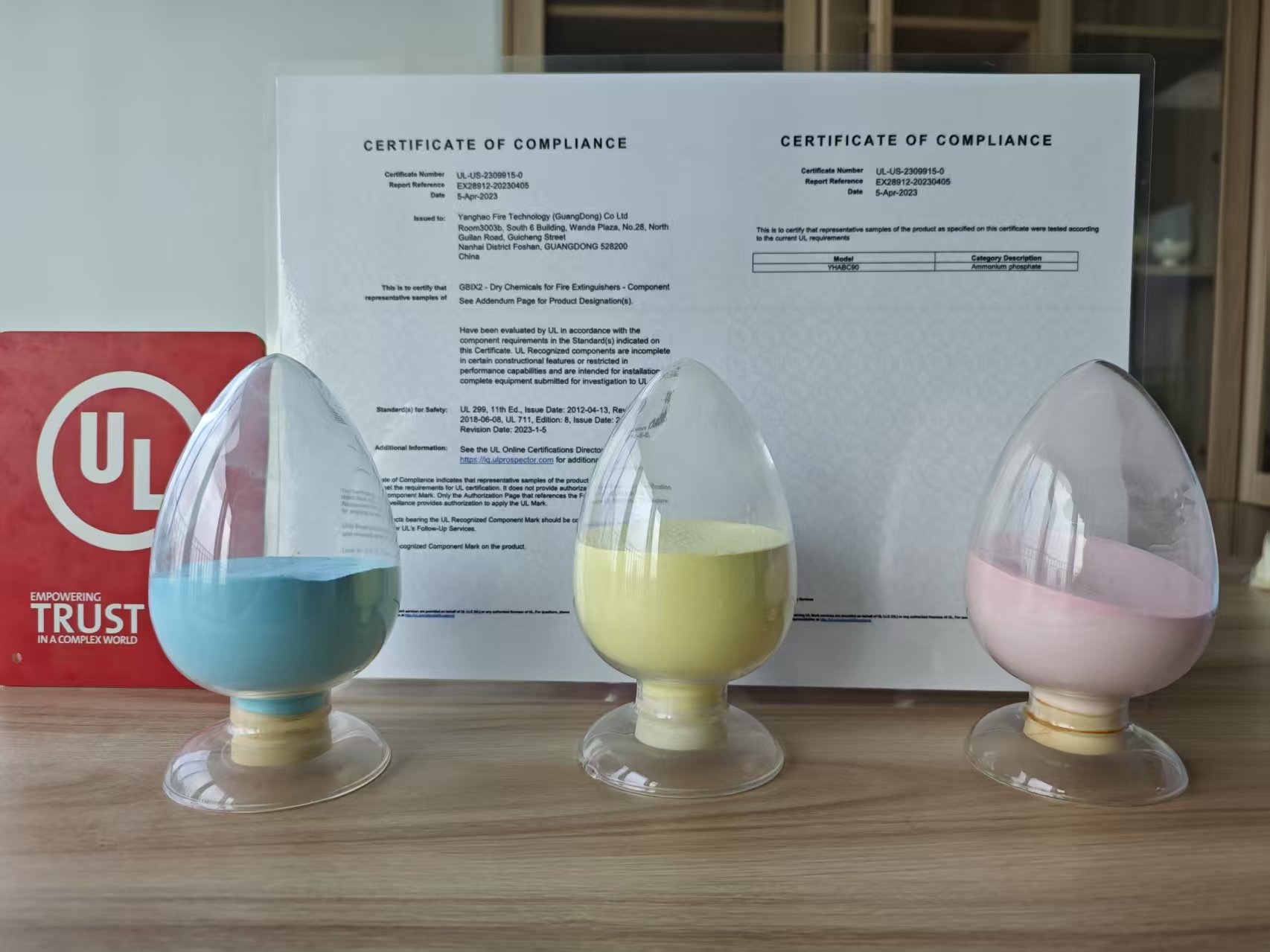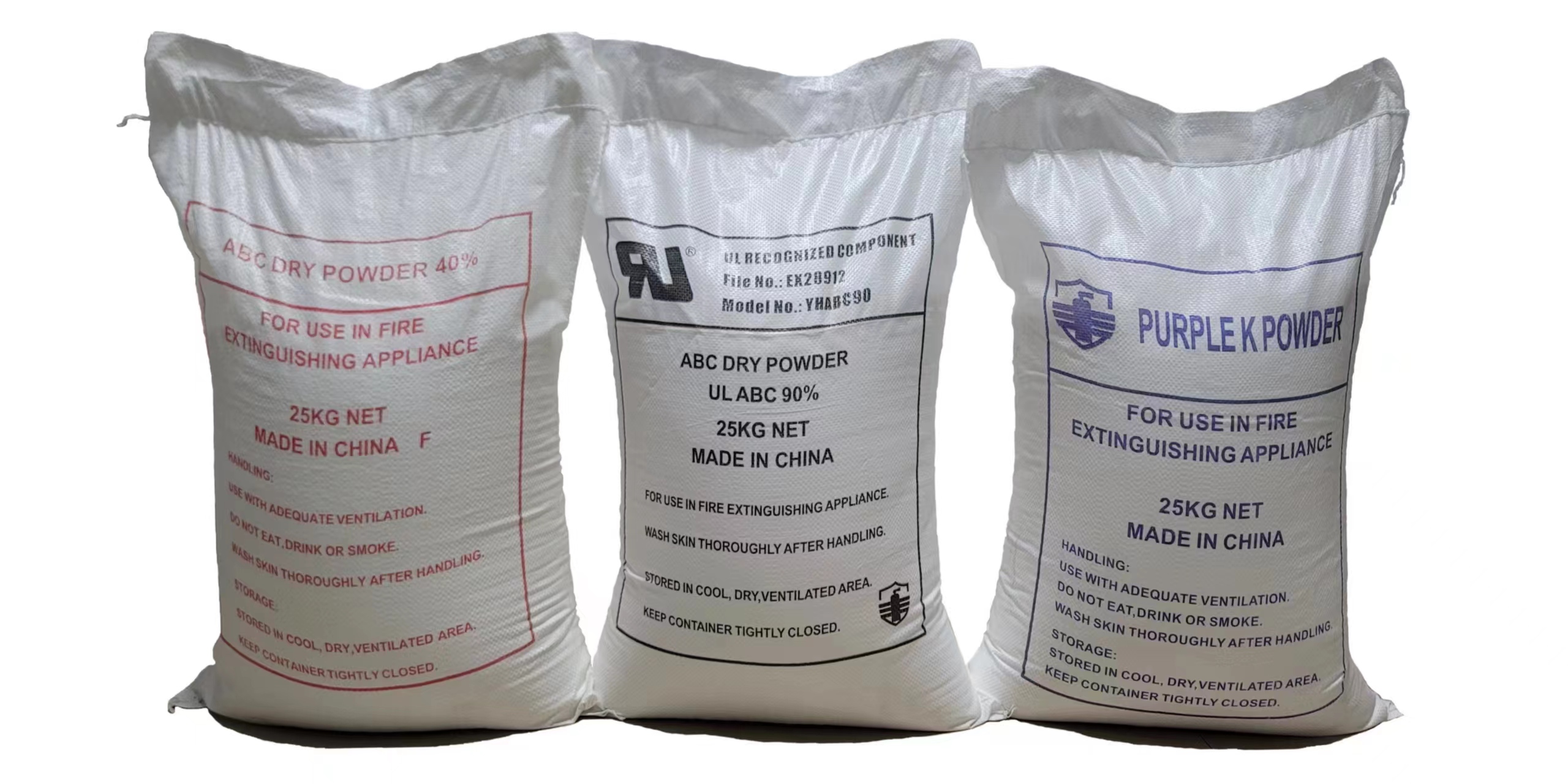Common FAQs About Powder Fire Extinguishers: Everything You Need to Know
When it comes to fire safety, understanding how to properly use, maintain, and choose a fire extinguisher is essential. Powder fire extinguishers are one of the most versatile and widely used fire suppression tools, effective for putting out a variety of fire classes. However, despite their widespread use, there are many common questions and misconceptions about how they work and how to maintain them.
In this blog, we've compiled some of the most frequently asked questions about powder fire extinguishers to help you make informed decisions and ensure your fire safety equipment is in top condition.
1. What Types of Fires Can a Powder Fire Extinguisher Put Out?
Powder fire extinguishers are capable of tackling multiple classes of fires, which makes them highly versatile. Specifically, they can effectively extinguish:
Class A: Solid materials such as wood, paper, and plastics.
Class B: Flammable liquids like gasoline, oil, and solvents.
Class C: Flammable gases such as propane and butane.
Class E: Electrical fires (though many modern powder extinguishers are rated for electrical fires).
This versatility makes powder fire extinguishers a go-to choice for both homes and commercial environments where various fire risks are present.
2. How Do Powder Fire Extinguishers Work?
Powder fire extinguishers work by smothering the fire and cutting off the supply of oxygen, a critical element for sustaining a fire. The dry chemical powder inside the extinguisher creates a barrier that prevents the chemical reaction necessary for the fire to continue.
The powder primarily interrupts the chemical reactions at the fire's core, stopping it from spreading. Different types of powders are used, with ABC powder being the most common for general-purpose use.
3. Can Powder Fire Extinguishers Be Used on Electrical Fires?
Yes, powder fire extinguishers can be used on electrical fires (Class E). These extinguishers are non-conductive, making them safe for use on electrical equipment like computers, appliances, and wiring. However, it’s important to ensure the power is turned off before attempting to extinguish the fire (if it’s safe to do so).
That said, CO2 fire extinguishers are also a popular choice for electrical fires due to their clean discharge that won’t leave residues. Still, a powder extinguisher can be effective in emergencies when no other options are available.
4. What Are the Advantages of Powder Fire Extinguishers Over Other Types?
Powder fire extinguishers offer several advantages over other types, including:
Multi-purpose use: They are effective on a wide range of fire classes (A, B, C, and E).
Cost-effective: Powder extinguishers are typically more affordable than alternatives like CO2 or foam extinguishers.
Ease of use: Powder fire extinguishers are generally easier to operate, requiring only a simple pull of the safety pin and aiming at the base of the fire.
Wide availability: These extinguishers are widely available and often the default choice for general fire safety.
However, they can leave a messy residue, which may be a consideration when used in areas with sensitive equipment, such as electronics or machinery.
5. Can Powder Fire Extinguishers Be Recharged?
Yes, powder fire extinguishers can and should be recharged after use. Even if you only discharge a small amount of powder, the extinguisher should be recharged to ensure it is ready for future use.
It's important to have your extinguisher professionally recharged after any discharge or if it’s been more than a year since the last check. Regular servicing and recharging will ensure the extinguisher remains effective in case of an emergency.
6. How Often Should I Inspect My Powder Fire Extinguisher?
You should perform a basic visual inspection of your powder fire extinguisher at least once a month. Check the following:
Pressure gauge: Ensure it’s in the green zone (optimal pressure).
Body: Look for any visible damage or signs of rust.
Safety pin: Confirm that the safety pin is intact.
Nozzle or hose: Ensure there are no obstructions or signs of wear.
In addition to monthly checks, annual professional inspections are recommended, where a certified technician will ensure the extinguisher is fully operational and can handle a discharge if necessary.

7. How Do I Properly Use a Powder Fire Extinguisher?
Using a powder fire extinguisher is simple if you follow these steps:
Pull the safety pin to break the tamper seal.
Aim the nozzle at the base of the fire (not the flames) to effectively extinguish the fire at its source.
Squeeze the handle to release the powder.
Sweep the nozzle from side to side while maintaining a safe distance to ensure full coverage of the fire.
It's important to aim at the base of the fire because that’s where the fuel is, and targeting it effectively will smother the fire more efficiently.
8. How Long Do Powder Fire Extinguishers Last?
The lifespan of a powder fire extinguisher can vary depending on the brand, quality, and how well it is maintained. Generally, fire extinguishers can last 5 to 15 years. However, regular checks are essential to ensure that the powder hasn’t become compacted or the pressure has not decreased. If your extinguisher is older than 10 years, it’s recommended to replace it, even if it has never been used.
9. Can Powder Fire Extinguishers Be Used on Kitchen Fires?
While powder fire extinguishers are effective for a wide range of fire types, they are not the best option for kitchen fires (such as cooking oil fires). For kitchen fires, a wet chemical fire extinguisher is more appropriate as it is specifically designed to handle grease and oil fires, which are common in kitchens.
If a powder extinguisher is the only option available in the kitchen, make sure the fire is not a grease fire before using it, as using the wrong extinguisher can make the fire worse.
10. How Do I Clean Up After Using a Powder Fire Extinguisher?
After using a powder fire extinguisher, you will need to clean up the residue, which can be quite messy. The powder can cause damage to sensitive equipment, such as electronics, so it’s important to clean up as soon as possible:
Wear protective gear: Use gloves and a mask to avoid inhaling the fine powder.
Vacuum: Use a vacuum cleaner to remove most of the powder.
Wipe down surfaces: Use a damp cloth to clean up remaining residue on surfaces.
Professional cleaning: If powder has settled into sensitive equipment or machinery, professional cleaning might be required.
Conclusion
Powder fire extinguishers are essential tools in maintaining fire safety, offering versatility and reliability in many different situations. However, understanding how they work, how to maintain them, and how to use them properly is critical for ensuring their effectiveness. Regular inspection, recharging, and professional servicing can significantly extend the life of your powder fire extinguisher, ensuring that it will perform when you need it most.
If you have any other questions about powder fire extinguishers or fire safety in general, don’t hesitate to reach out. Stay safe, stay prepared!


